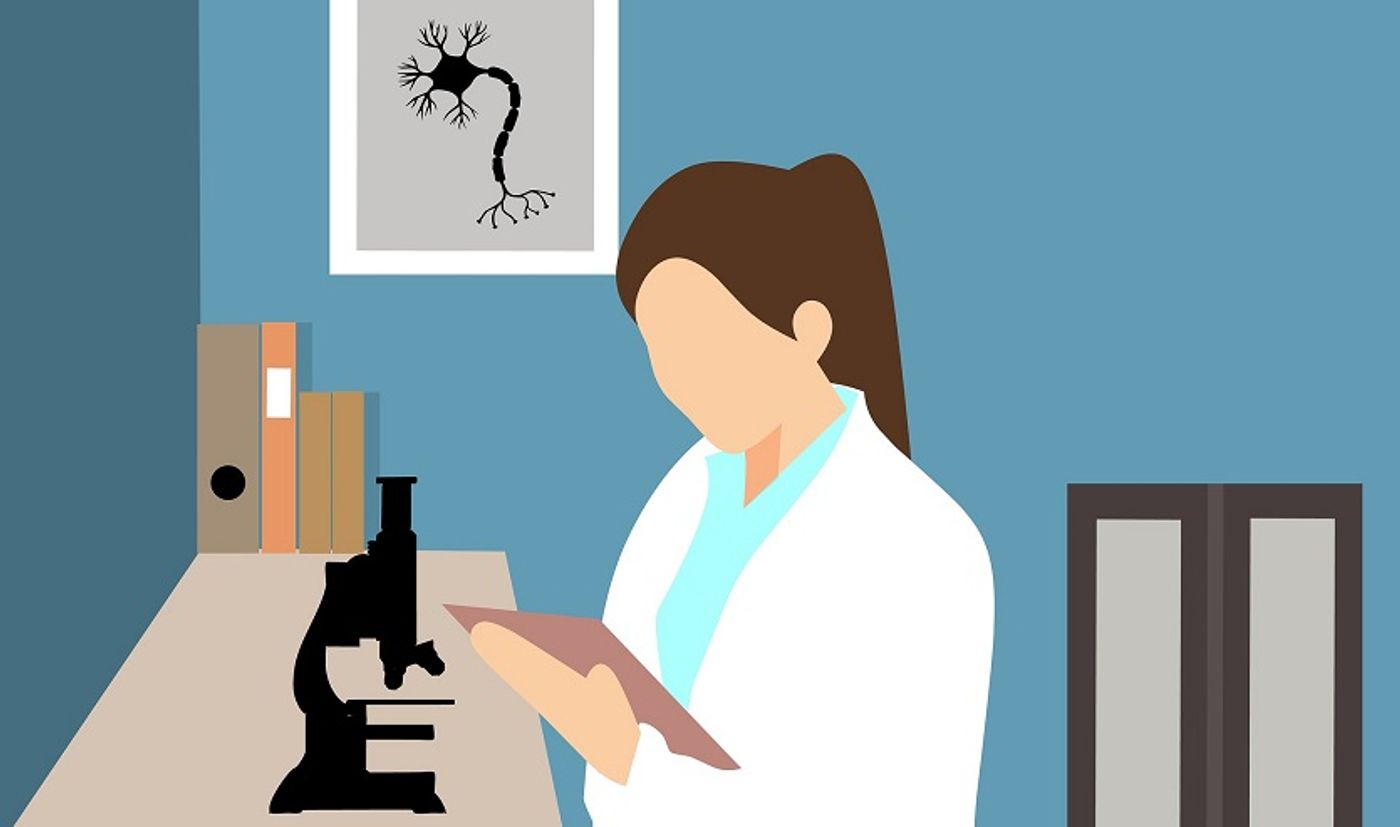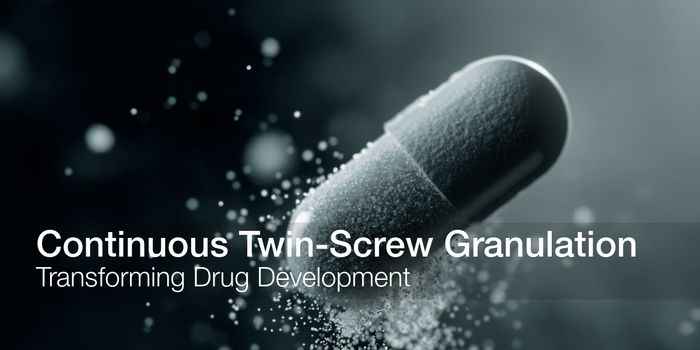A Key Juncture Between Diabetes and Heart Repair
Patients with diabetes are often at increased cardiovascular risk. Recent research points to a possible new target for treatment, the sensor protein sodium-glucose co-transporter 2. This protein could prove to be the critical link between diabetes and cardiovascular disease.
Sodium-glucose co-transporter 2 (SGLT2) is involved in glucose transport, and its inhibition is associated with lower blood glucose levels and decreased cardiovascular risk. It currently has support as a heart attack prevention candidate, a team from the University of Murcia in Spain though it could also help after a heart attack.
A heart attack can often damage the heart itself, and the repair process can leave a scar. This scar leaves the heart weaker than before and puts the patient at an even higher risk of a future heart attack. The team wanted to conduct a new study investigating how empagliflozin, an SGLT2 inhibitor, could prevent the scarring often seen post-heart attack.
The study focused on the relationship between empagliflozin and a protein called GTP cyclohydrolase 1 (GCH1). GCH1 deficiency is associated with hypertension and cardiac dysfunction. Using a rodent model, the team would examine this possible relationship in both diabetic and non-diabetic rodents.
During their experiments, there was a clear positive effect of empagliflozin therapy in diabetic and non-diabetic rodents after heart attacks. Treatment decreased heart weight (prevented detrimental cardiac hypertrophy) and reduced the area of damaged cardiac tissue (prevented scarring. These results were seen in both diabetic and non-diabetic groups but had a more pronounced effect in the diabetic group.
Looking at GCH1 specifically, they found that it had a higher expression and activity level in the empagliflozin therapy groups. When the team silenced GCH1 expression, empagliflozin could no longer prevent heart damage after a heart attack, indicating that GCH1 plays a critical role in the process.
SGLT inhibitors already have a strong support base for their protective effects against a heart attack, but the mechanisms behind how they work had not revealed yet. This study identified that empagliflozin therapy works by controlling GCH1 expression. These findings also show that empagliflozin works in both diabetic and non-diabetic models, although the diabetic group had a more pronounced effect.
The study concludes, “This study demonstrates that empagliflozin exerts direct anti-remodeling effects in presence of left ventricular systolic dysfunction after MI, which is irrespective of diabetes status although in a greater extent in presence of both pathological conditions.” If further research validates these findings, SGLT inhibitors may find a home as a cardio-protective drug in the future.
Sources: Nature Scientific Reports, MDLinx









